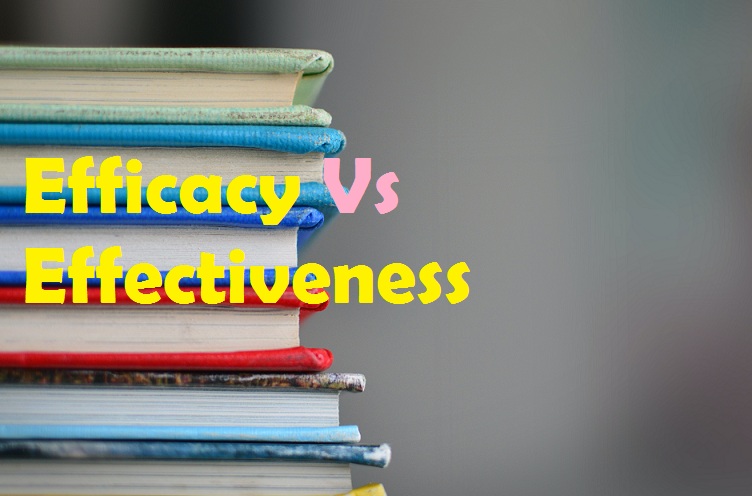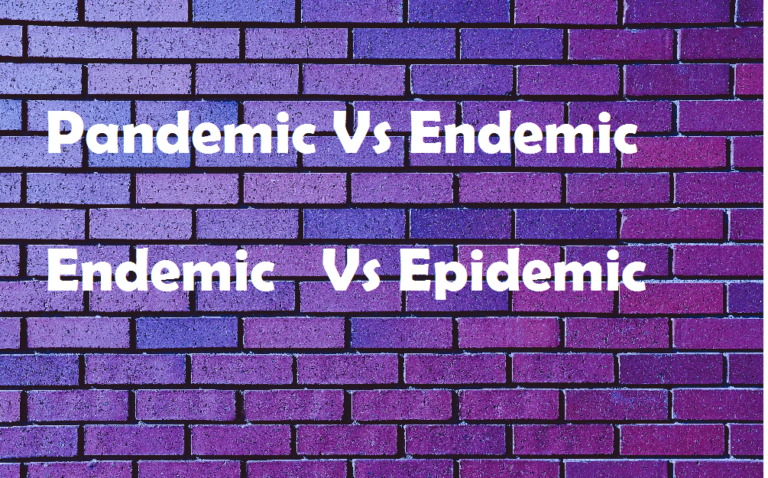Table of Contents
May 19, 2020: “Roche announced that the US FDA has approved Tecentriq® (atezolizumab) as a first-line (initial) treatment for adults with metastatic non-small cell lung cancer (NSCLC) whose tumours have high PD-L1 expression (PD-L1 stained ≥ 50% of tumour cells [TC ≥ 50%] or PD-L1 stained tumour-infiltrating [IC] covering ≥ 10% of the tumour area [IC ≥ 10%]), as determined by an FDA-approved test, with no EGFR or ALK genomic tumour aberrations.
“We are pleased to offer people with certain types of lung cancer a new chemotherapy-free option that can help prolong their lives and be administered on a flexible dosing schedule, including an option for once-a-month Tecentriq infusions,” said Levi Garraway, M.D., Ph.D., Chief Medical Officer and Head of Global Product Development.
“Today marks the fifth approval of Tecentriq in lung cancer, as we remain committed to providing an effective and tailored treatment option for every person diagnosed with this disease.”
This approval is based on an interim analysis from the Phase III IMpower110 study, which showed that Tecentriq monotherapy improved overall survival (OS) by 7.1 months compared with chemotherapy (median OS=20.2 versus 13.1 months; hazard ratio [HR]=0.59, 95% CI: 0.40–0.89; p=0.0106) in people with high PD-L1 expression (TC3/IC3-wild-type [WT]).
Safety for Tecentriq appeared to be consistent with its known safety profile, and no new safety signals were identified.
Grade 3–4 treatment-related adverse events (AEs) were reported in 12.9% of people receiving Tecentriq compared with 44.1% of people receiving chemotherapy.
Tecentriq is the first and only single-agent cancer immunotherapy with three dosing options, allowing administration every two, three or four weeks.
The supplemental Biologics License Application for the Tecentriq monotherapy was granted Priority Review, a designation given to medicines the FDA has determined to have the potential to provide significant improvements in the treatment, prevention or diagnosis of a disease.
In the US, Tecentriq has received four approvals across NSCLC, including as a single agent or in combination with targeted therapies and/or chemotherapies.
It is also approved in combination with carboplatin and etoposide (chemotherapy) for the first-line treatment of adults with extensive-stage small cell lung cancer.
RELATED NEWS:
Roche to present first clinical data on novel anti-TIGIT cancer immunotherapy tiragolumab at ASCO
Roche has an extensive development programme for Tecentriq, including multiple ongoing and planned Phase III studies across lung, genitourinary, skin, breast, gastrointestinal, gynaecological, and head and neck cancers. This includes studies evaluating Tecentriq both alone and in combination with other medicines.
IMpower110 is a Phase III, randomised, open-label study evaluating the efficacy and safety of Tecentriq monotherapy compared with cisplatin or carboplatin and pemetrexed or gemcitabine (chemotherapy) in PD-L1-selected, chemotherapy-naïve participants with Stage IV non-squamous or squamous NSCLC.
The study enrolled 572 people, of whom 554 were in the intention-to-treat WT population, which excluded people with EGFR or ALK genomic tumour aberrations, and were randomised 1:1 to receive:
- Tecentriq monotherapy, until disease progression (or loss of clinical benefit, as assessed by the investigator), unacceptable toxicity or death; or
- Cisplatin or carboplatin (per investigator discretion) combined with either pemetrexed
(non-squamous) or gemcitabine (squamous), followed by maintenance therapy with pemetrexed alone (non-squamous) or best supportive care (squamous) until disease progression, unacceptable toxicity or death.
The primary efficacy endpoint was OS by PD-L1 subgroup (TC3/IC3-WT; TC2/3/IC2/3-WT; and TC1,2,3/IC1,2,3-WT), as determined by the SP142 assay test. Key secondary endpoints included investigator-assessed progression-free survival (PFS), objective response rate (ORR) and duration of response (DoR).
NSCLC
Lung cancer is the leading cause of cancer death globally.
Each year 1.76 million people die as a result of the disease; this translates into more than 4,800 deaths worldwide every day.
Lung cancer can be broadly divided into two major types: NSCLC and small cell lung cancer. NSCLC is the most prevalent type, accounting for around 85% of all cases.
NSCLC comprises non-squamous and squamous-cell lung cancer, the squamous form of which is characterised by flat cells covering the airway surface when viewed under a microscope.
Tecentriq is a monoclonal antibody designed to bind with a protein called PD-L1, which is expressed on tumour cells and tumour-infiltrating immune cells, blocking its interactions with both PD-1 and B7.1 receptors.
By inhibiting PD-L1, Tecentriq may enable the activation of T-cells. Tecentriq is a cancer immunotherapy that has the potential to be used as a foundational combination partner with other immunotherapies, targeted medicines and various chemotherapies across a broad range of cancers.
The development of Tecentriq and its clinical programme is based on our greater understanding of how the immune system interacts with tumours and how harnessing a person’s immune system combats cancer more effectively.
Tecentriq is approved in the US, EU and countries around the world, either alone or in combination with targeted therapies and/or chemotherapies in various forms of non-small cell and small cell lung cancer, certain types of metastatic urothelial cancer, and in PD-L1-positive metastatic triple-negative breast cancer.”













